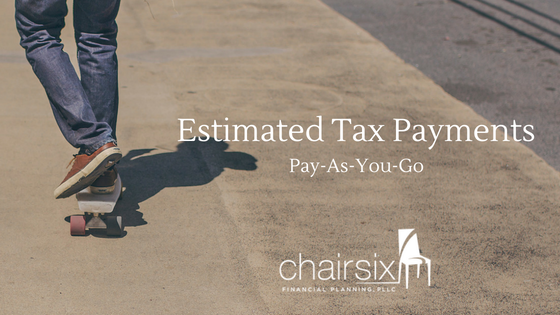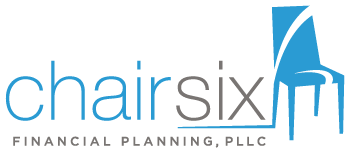
08 Jun Estimated Tax Payments (Pay-As-You-Go!)
The U.S. tax system is a pay-as-you-go tax system, meaning taxpayers need to pay taxes as income is earned or received. Employees typically have income tax withheld from paychecks. However, if you don’t have income tax withheld from your pay, or you don’t have enough tax withheld, then you should be making estimated tax payments throughout the year. Self-employed individual, taxpayers with business income or net rental income, and retirees with significant investment and social security income generally make quarterly estimated tax payments, and the IRS enforces compliance by imposing a penalty for failure to make such estimated tax payments.
The penalty for underpayment of estimated tax is based on a percentage factor (much like an interest rate) and how many days during a quarter the estimated tax went unpaid. To avoid the penalty, a taxpayer generally needs to pay in estimates the smaller of 90% of the current year tax liability or 100% of the prior year tax liability. However, for taxpayers with adjusted gross income in excess of $150,000 ($75,000 for married filing separately) 110% should be substituted for 100% of the prior year tax liability. Farmers and fishermen (where at least two-thirds of gross income is attributable to such activities) may substitute 66 2/3% for 90% of current year tax liability.
Penalties are figured separately for each quarter. So, even if you catch up on the amount due in a subsequent quarter, you may owe a penalty for the prior quarter. It’s important to make an estimated tax payment each quarter even if you can’t make the full estimate to reduce a penalty.
The difficulty, for most taxpayers, is estimating their current year’s tax liability in April (when there is still 8 months left in the year). Without a crystal ball, it’s not easy to predict what 90% of the current year tax will be, especially when income varies quarter to quarter or year to year. New entrepreneurs can be caught off guard by learning they have to pay both income and self-employment tax when filing their taxes. Consequently, for those taxpayers who wish to make certain they will not owe an estimated tax penalty, 100% (or 110% for higher income taxpayers) of the prior year tax paid in estimates is generally recommended.
Estimates should be paid in four equal quarterly installments on April 15, June 15, and September 15 in the current year, and January 15 of the following year. However, if your income varies during the year, you can avoid or reduce a penalty by using the annualized installment method for figuring your estimated tax payments. For example, if you otherwise earn income steadily throughout the year, but receive a large income payment in December, you can “annualize” your estimated tax payments by making 3 equal estimated tax payments and one larger estimated tax payment in January of the following year.
You can make your estimated tax payments by filing out Form 1040-ES and mailing a check, or by paying through irs.gov/payments.
Also, if you live in a state with an income tax, don’t forget to make state estimated tax payments.
If you need help figuring out how much you should be paying in estimated tax payments, contact a CPA financial planner.



No Comments